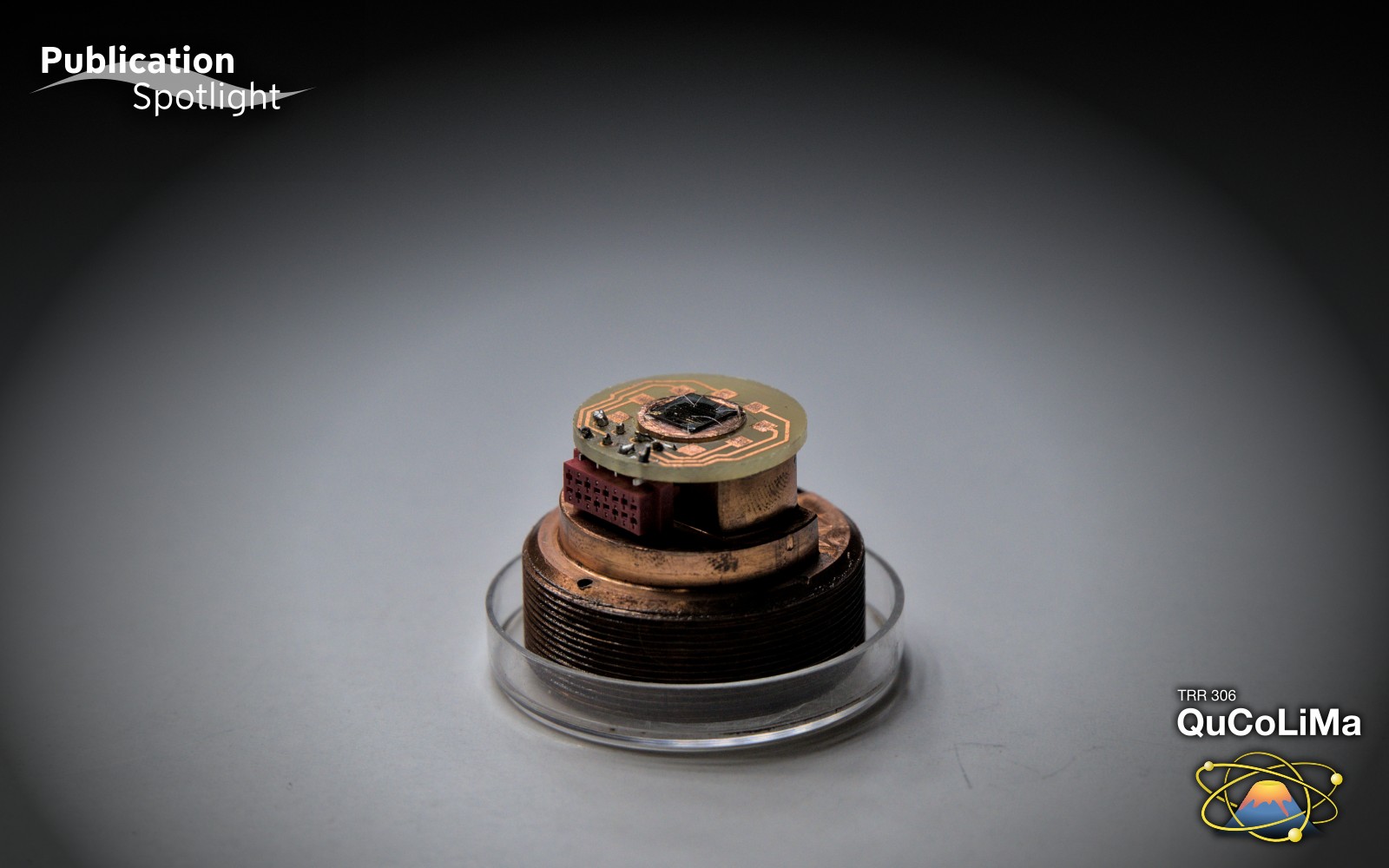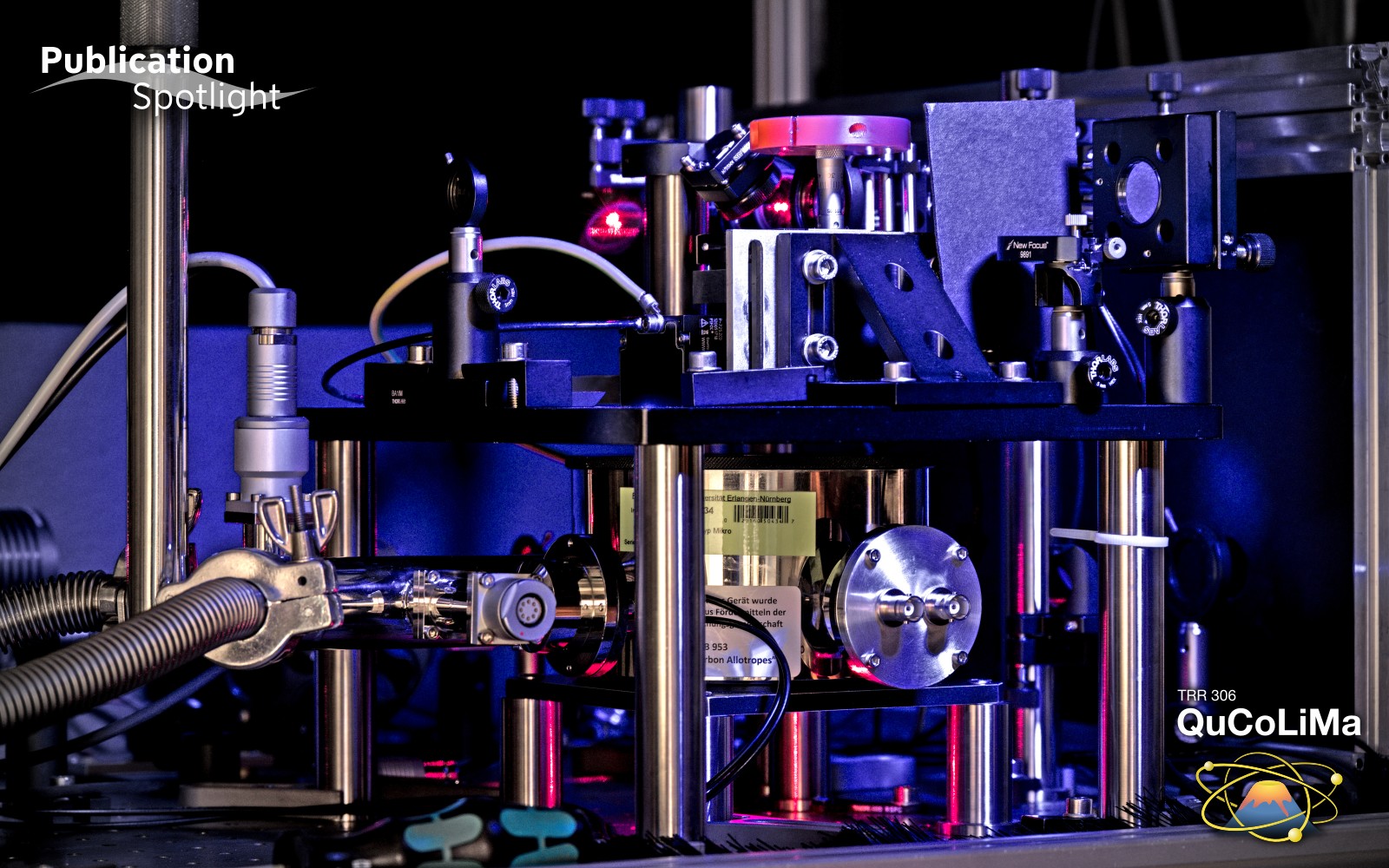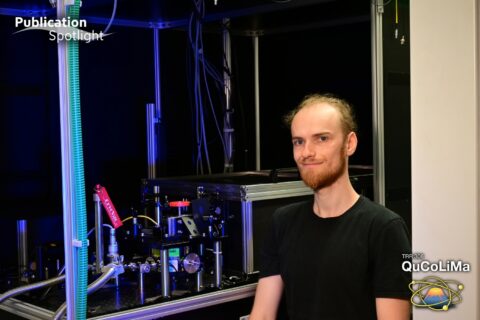Quantum jewelry: promising tiny defects in crystals
by Max Gmelch (SAOT)
If you read the term ‚color center’, you may not necessarily think of quantum physics. Color centers are tiny defects in an otherwise perfectly built crystal. What at first sounds like a disadvantage is in fact a highly promising pathway for modern quantum technologies.
Despite their tiny size in the order of some atoms, color centers can have wide influence on the properties of crystals. For example, the violet appearance of amethyst, a famous jewelry stone, is the direct result of color centers present in a basically colorless quartz crystal. The color centers absorb certain parts of the light spectrum due to a differing configuration of their atomic and electronic structure.
But it also works the other way round. Certain color centers are able to emit light, and they do it in the smallest imaginable quantities: they are single photon sources. That means they emit a maximum of one light particle at a time. This outstanding property renders color centers to much more than just a super dim light source. Instead, it enables a precise control of the photon’s properties, possibly enabling tremendous progress in quantum technologies like quantum computing, imaging, sensing and communication.
So there is a high interest in creating, characterizing and understanding color centers in different types of materials. This is done at the Chair of Applied Physics at FAU Erlangen-Nürnberg. Johannes Lehmeyer contributed to the publication “Removing the orientational degeneracy of the TS defect in 4H–SiC by electric fields and strain”. They investigated a newly found color center created by a defect in silcon carbide, a promising semiconductor material. Using strain, electric fields and photoluminescence microscopy, i.e. shining a laser on the material an observing the resulting light emission, they were able to gain important information about the nature of this defect.
Johannes’ supervisor is Heiko Weber. His work is part of QuCoLiMa Area B: Quantum cooperativity of collective degrees of freedom. The original publication can be found in the New Journal of Physics.



